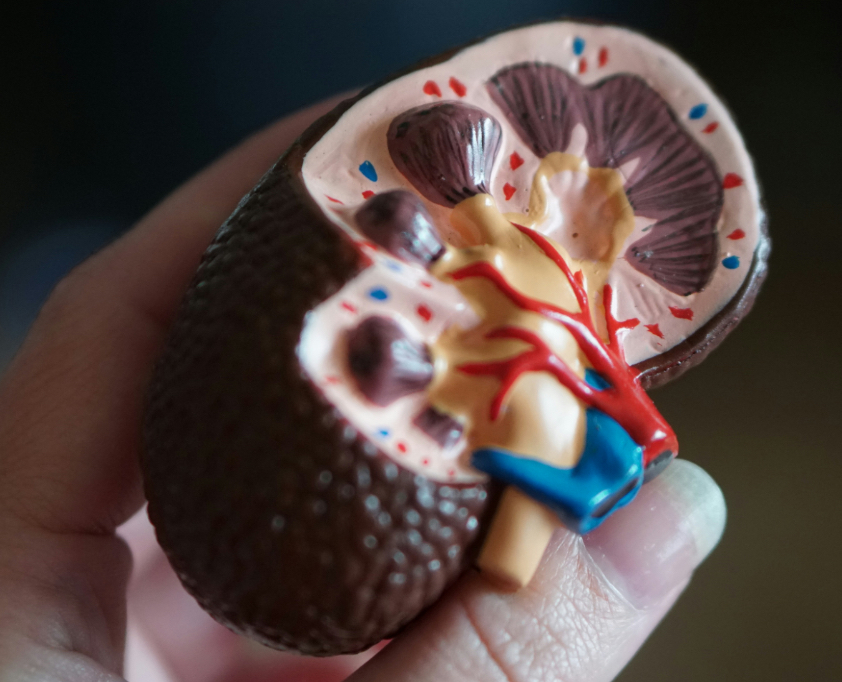A V/Q (ventilation/perfusion) scan and CT pulmonary angiography (CTPA) are both used to diagnose pulmonary embolism (PE), but the choice depends on clinical context, patient factors, and resource availability. Here’s a concise guide:
Use V/Q Scan When:
- Contraindications to CTPA: Patient has renal impairment (eGFR <30 mL/min), contrast allergy, or is pregnant (V/Q has lower radiation to breast tissue and fetus).
- Normal chest imaging: V/Q is preferred if chest X-ray is normal, as it relies on normal lung anatomy for accurate interpretation.
- Low-to-moderate pretest probability: V/Q is effective in patients with a low or intermediate likelihood of PE (e.g., based on Wells or Geneva scores) and no significant lung disease.
- Chronic PE suspicion: V/Q may better detect chronic thromboembolic pulmonary hypertension (CTEPH).
- Resource-limited settings: If CTPA is unavailable.
Use CTPA When:
- High pretest probability: CTPA is faster and more specific, ideal for patients with high likelihood of PE or unstable hemodynamics.
- Abnormal chest imaging: CTPA is less affected by underlying lung pathology (e.g., COPD, pneumonia) compared to V/Q.
- Need for alternative diagnoses: CTPA can identify other causes of symptoms (e.g., aortic dissection, pneumothorax, or pneumonia).
- Widely available and faster: CTPA is the standard in most emergency settings due to rapid results and high sensitivity/specificity (>90%).
- No contraindications: Safe in patients with normal renal function and no contrast allergies.
Key Considerations:
- Sensitivity/Specificity: CTPA is generally more sensitive and specific (95-97% vs. V/Q’s 80-90% in optimal conditions). V/Q results are often reported as “low,” “intermediate,” or “high” probability, which may require follow-up testing.
- Radiation: CTPA has higher radiation (2-10 mSv vs. V/Q’s 1-2 mSv), especially to breast tissue, making V/Q preferable in younger patients or pregnancy.
- Patient stability: CTPA is better for critically ill patients due to speed and ability to scan without breath-holding.
- Availability: CTPA is more commonly available, especially in emergency departments.
Algorithm Example (simplified):
- Assess pretest probability (e.g., Wells score).
- If high probability or unstable patient → CTPA (if no contraindications).
- If low/moderate probability, normal chest X-ray, or contraindications (e.g., pregnancy, renal failure) → V/Q scan.
- If V/Q is indeterminate and suspicion remains → consider CTPA or other tests (e.g., Doppler ultrasound for DVT).
Always consider local guidelines (e.g., ACR Appropriateness Criteria) and consult a radiologist or clinician for complex cases.
Disclaimer: owerl is not a doctor; please consult one. Don’t share information that can identify you.


Leave a Reply